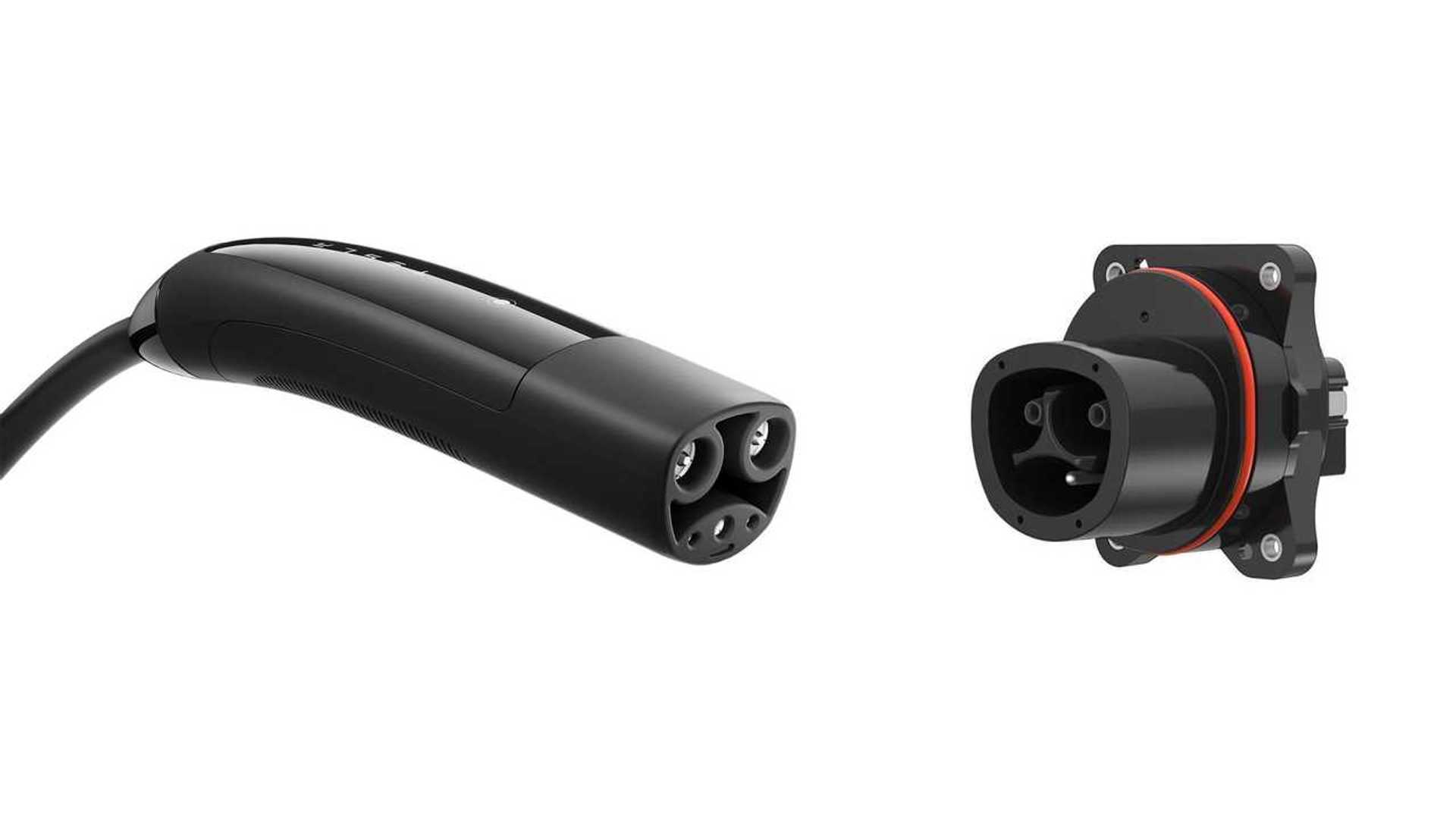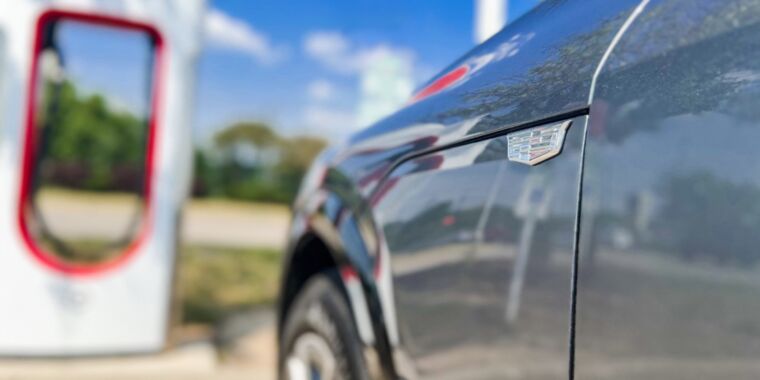Ford and General Motors recently signed up for Tesla's North American Charging Standard (NACS) charging connector, which triggered an avalanche. Who will be next?

insideevs.com
Article points:
Start ups Rivian, Lucid... have fewer CCS cars sold, and their bureaucracy is still small now so it's better to not wait. Rivian already incorporated Tesla Magic Dock locations on its navigation map (not hostile to Tesla).
Legacy companies Volkswagen (invests in EA)... might be to big to make a move.
Nissan made its own ChaDeMo but it switched to the winner side CCS, so it might also go with the latest winner NACS (Tesla+Ford+GM=60% EV market) too.
The article thinks South Korea as a whole would switch to NACS once the winner is clearer.



